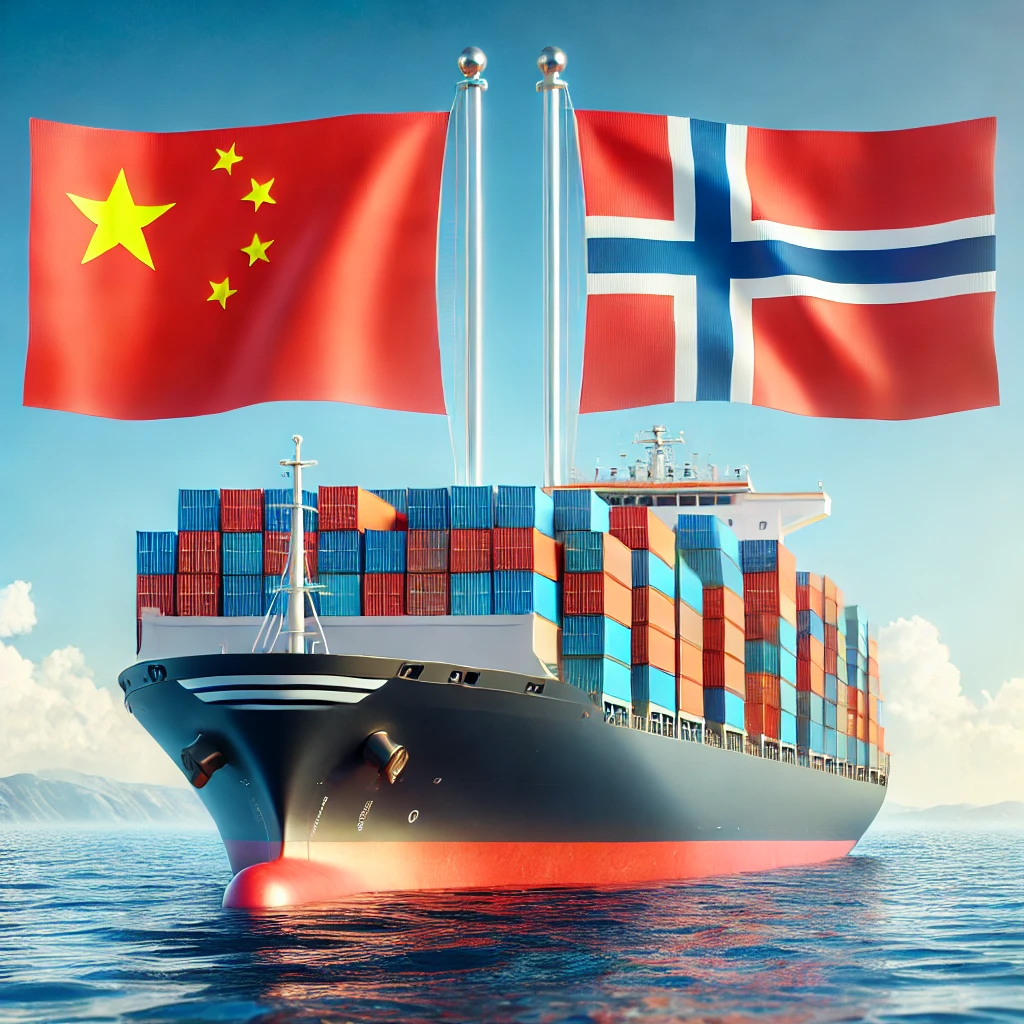 The trade relationship between China and Norway offers significant economic benefits, with trade volume exceeding $25 billion in 2023. Key sectors like technology, energy, and fisheries boost GDP and create jobs. Alibaba revolutionizes this trade by providing easy access to the global market, reducing procurement costs, and ensuring smooth transactions with features like real-time tracking and customs clearance. This helps businesses optimize supply chains and enhance trade efficiency.
The trade relationship between China and Norway offers significant economic benefits, with trade volume exceeding $25 billion in 2023. Key sectors like technology, energy, and fisheries boost GDP and create jobs. Alibaba revolutionizes this trade by providing easy access to the global market, reducing procurement costs, and ensuring smooth transactions with features like real-time tracking and customs clearance. This helps businesses optimize supply chains and enhance trade efficiency.
